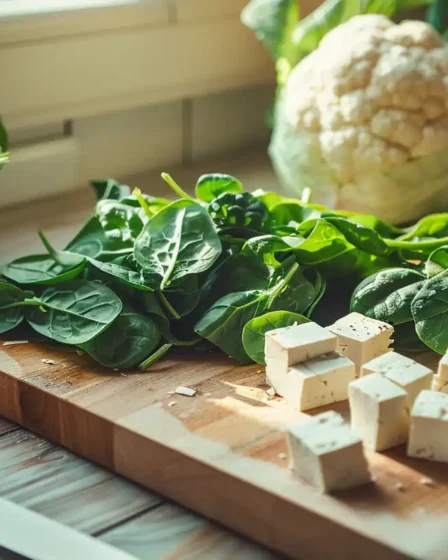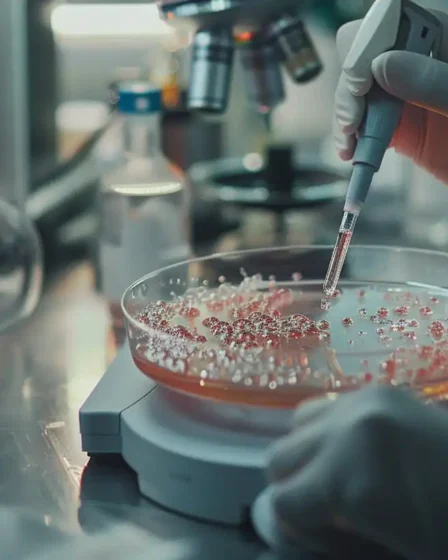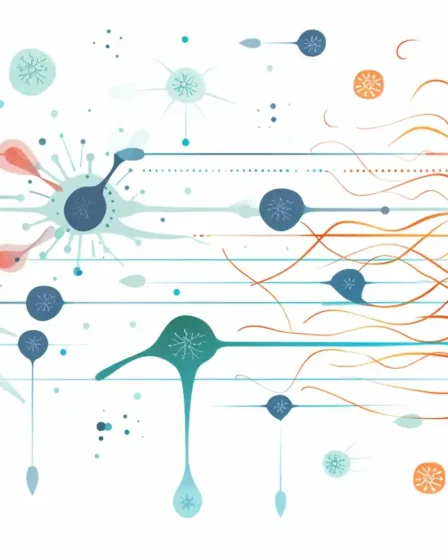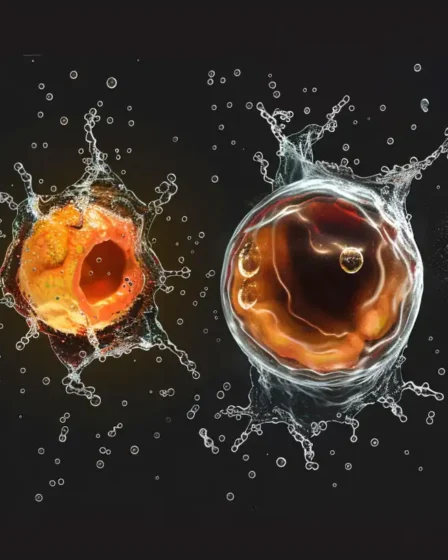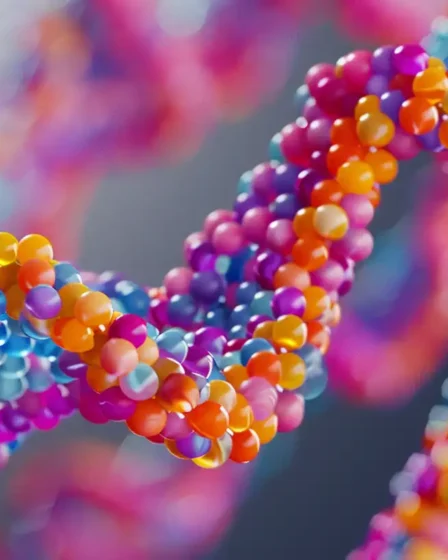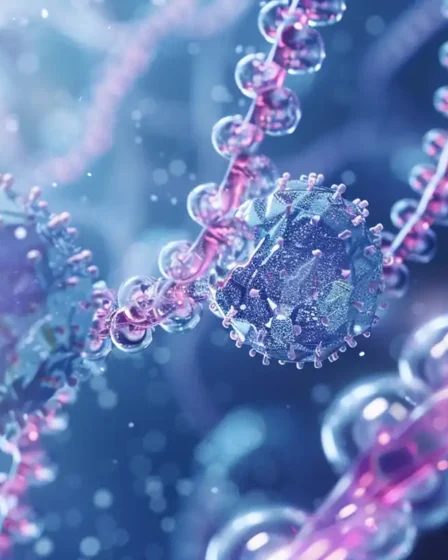Some people notice that one eyebrow sits higher than the other or that one cheek looks flatter in photos. These differences often come from daily habits, stress, or muscle tension—not just aging. Facial muscles, like any others, can change shape with consistent movement and correction of posture. This guide explains what face yoga is, how …
Beginner Yoga Sequence with Poses, Breathing, and Tips
When you wake up, your joints are less mobile and your muscles are often tight. A short series of movements can loosen your back, stretch your legs, and help you breathe more evenly. This isn’t about flexibility—it’s about starting the day with control over your body and attention. In this guide, you’ll follow a morning …
Glutamine: Fuel for Cells, Muscles, and Immunity
During intense training or serious illness, your body quickly runs out of the amino acids it normally keeps in reserve. One of these is glutamine, stored mostly in your muscles and released when needed. Even immune cells and the gut depend on it when under stress. In this study guide, you’ll learn what glutamine is, …
Lactate in the Human Body: Metabolism and Exercise
When you run up a hill and your muscles start to burn, that burn is often linked to lactate. But lactate isn’t just a product of hard exercise—it’s always present in your blood. Cells produce it constantly, even when you’re resting, making it a normal part of how your body works. This guide explains what …
Glycogen: Structure, Glycogenesis and Glycogen Breakdown
A marathon runner collapses just before the finish line—not because of injury, but because their muscles have run out of fuel. That fuel is glycogen, a stored form of glucose. During intense activity, muscles break it down quickly to get the energy they need to keep working. This guide explains what glycogen is, how glycogenesis …
Stem Cells: Types, Properties and Laboratory Culturing
A leukemia patient receives bone marrow from a donor. The new cells travel through the bloodstream, settle in the bones, and start making blood. These cells—stem cells—divide, replace, and repair tissue. They act without detailed instructions and respond to changes around them. Scientists can isolate them and influence what they become. This study guide explains …
Cell Differentiation: From Stem Cells to Specialized Structures
When you cut your skin, the cells that rebuild the tissue aren’t just copies of the damaged ones—they come from stem cells that divide and change into the right type. This happens constantly in your body, not just in skin, but also in blood, gut lining, and other fast-replacing tissues. In this guide, you’ll read …
Apoptosis: Programmed Cell Death in the Body
Every minute, your body removes cells that are damaged or no longer needed. This process happens quietly and without inflammation. After an infection, fever, or sunburn, the body eliminates affected cells in a controlled way. What looks like healing on the outside is driven by precise internal signals. This study guide explains apoptosis, or programmed …
Chromatin: Euchromatin vs Heterochromatin
A single human cell holds about two meters of DNA, yet its nucleus measures only around 10 micrometers. This tight packing isn’t random—it’s managed by specific proteins that fold and organize the DNA into structured fibers. Without this organization, the DNA couldn’t fit or function properly inside the nucleus. This study guide explains how chromatin …
Histones: Structure, Modifications and Chromatin Organisation
Somehow, nearly two meters of DNA fit inside a nucleus that’s only a few micrometers wide. Cells solve this with histone proteins. These small, positively charged proteins act like spools, helping DNA wrap around them in tight, organized loops. This structure keeps genetic material compact and prevents tangling. In this study guide, we explain how …


